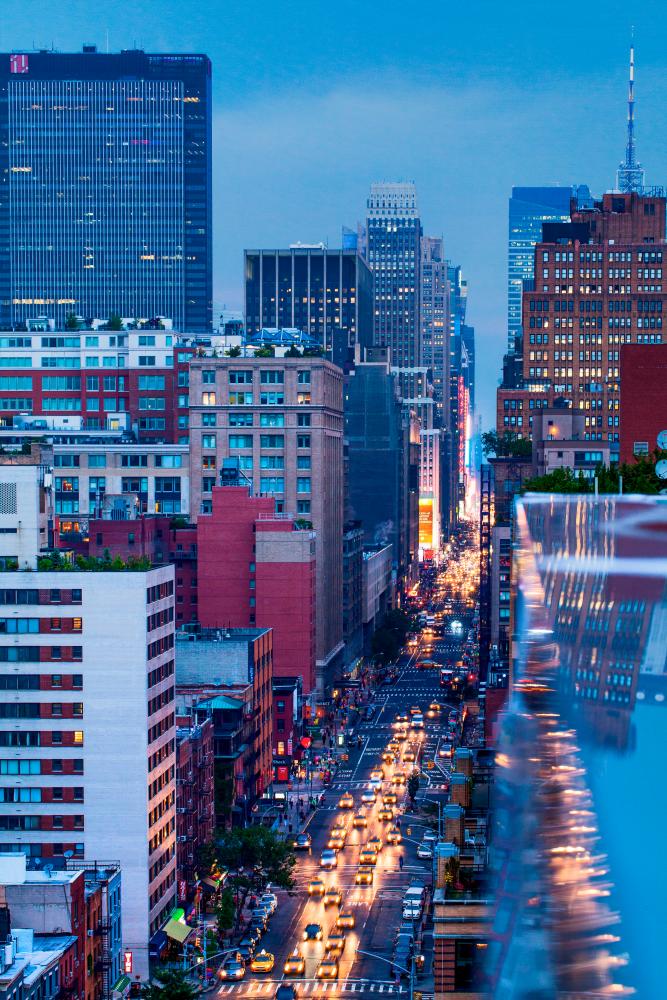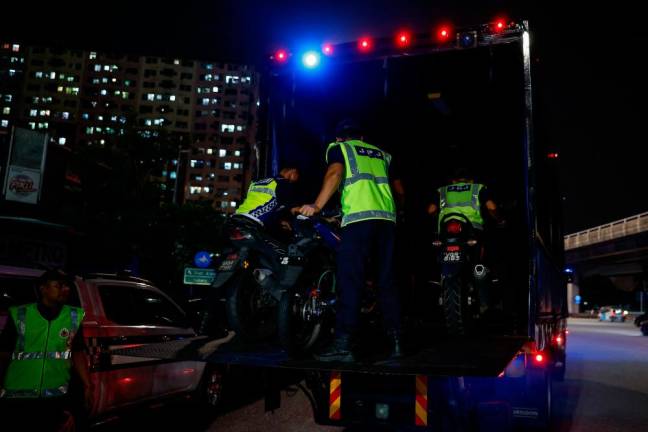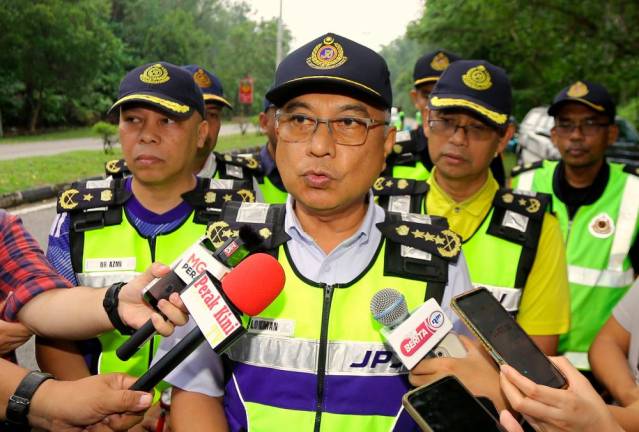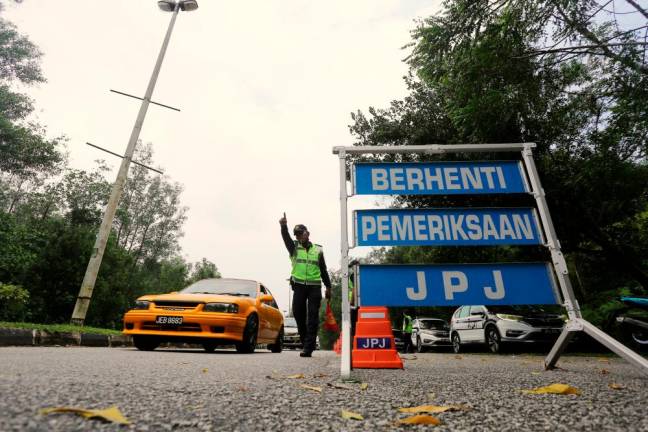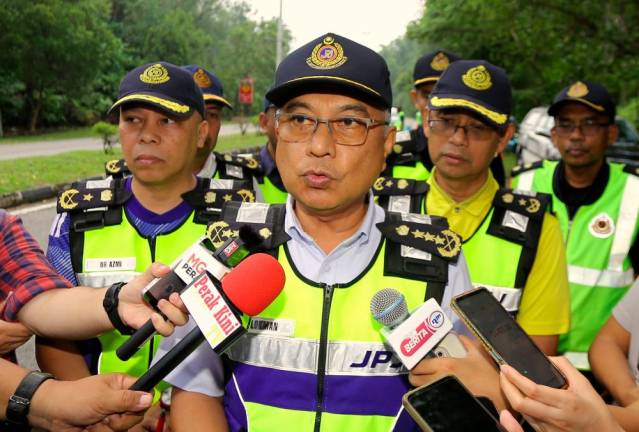BY the time this story is out, the festive hype would have gradually wound down and most people, returned to the beloved city surrounds riddled with too many cars, too few parking spaces and too much traffic.
For those that opt out of driving anywhere for that matter, in their own vehicle, there are more than a few options available, from e-hailing services to car rentals, not forgetting the long-running (slow evolving) public transportation system.
Here, we’ll take a look at the prevailing sentiments about, easily the biggest figure in e-hailing - Grab.
“The only reason I’m using Grab is because it’s cheaper than owning a car,” says Eveline Y. As I disagree with this, I point out the discrepancy in immediate booking costs versus the price of filling up a tank with petrol. According to my calculations - a person with a Myvi need only spend RM50 for enough fuel to drive an upwards of 250 kms, while it costs around half that amount just to get from theSun’s office to Bangsar on a regular weekday (considering the time of day).
“But have you calculated the total cost of owning a vehicle, the upkeep of it, and all the other extra things such as fuel? It is still cheaper to do what I do, which is use Grab during work days?” she retorts. It’s a fair observation, but it also has to be pointed out that Eveline’s job in the property line covers her travelling expenses, repeated use of Grab included, which doesn’t blow a hole through her purse.
She agrees, claiming that e-hailing is largely geared towards the middle and upper-middle class working individual.
On the other end of the spectrum, Natalina has a day job in customer support and runs a small business with her friends. As she is from abroad, Natalina does not own a car here and chooses not to own one due to costs. She relies largely on public transportation to get to and from work.
“If there is an urgent situation to attend to, I will use a Grab but there always is ...” she pauses, a moment of hesitation, trying to find the right word before continuing. “A single Grab fare is enough to cripple my budget for the day. Sometimes after booking, I’ll be thinking to myself ‘I could buy three or more packets of economy rice with what I’ll be paying for this single trip’,” she says, laughing.
As I too take Grab when I’m forced to, like the time I had met with an accident and could not drive for a few week (as the car was in no condition to be driven), I could relate to Natalina’s predicament. A Grab driver I spoke to, Kumar, said the fares have definitely increased, with it creeping up after Grab’s acquisition of Uber’s business in Southeast Asia.
“It pains me when I see what my passengers have to pay sometimes, but it is out of my hands,” he says, pointing out the obvious, that drivers don’t set the fare - it’s automated by the Grab system. Queried on whether he has seen a change in passenger rates after the merger, if there has been a drop or increase, Kumar explains that Uber regulars have most likely “migrated to” Grab. But with the evident price hike several months back, he has personally had a little less passengers on his side.
“This is just a way for me to get some side income. I do think in the long run, there should be other companies to increase the competition and provide users with more choice,” he says.
It’s a sentiment shared by Thomas Anderson, an expat from America. “Due to the currency exchange, the fares barely leave a dent. But as a businessman, I can tell you this and it is something you already know; there needs to be a competitive playing field, because if there isn’t, there will be an uneven monopoly.”
Leave it to the Americans to talk about capitalism and monopolies, but it also needs to be pointed out that there are other e-hailing services, such as MyCar and Dacsee, but it will require a fair amount of time for these two “brands” to catch up with Grab and for the entire e-hailing playing field to even out without “bloated pricing”.
According to the grapevine, this will all factor in if the e-hailing industry is left intact after the driver shortage exodus, which many are predicting will occur following the July 12 deadline where e-hailing drivers will need a Public Service Vehicle (PSV) license.
In the meantime, for those who aren’t swimming in pools of cash, I would recommend integrating a mixed use of public transportation for your daily commutes. Use the Monorail, LRT, MRT and KTM Komuter, as well as various taxi services; if used with some smart planning, you can “cut corners” in navigating around KL.
RIDE ON
While there are some who swear by e-hailing, claiming one saves more using the service than owning a car, there are others who say, they end up spending more as the Ringgit per km rate works out to be more expensive. Bottom line - it really depends on when you use the service and the distance. Smart folks can cleverly use integrated means of transport to stretch their Ringgit. Besides, there are other commute alternatives like MULA, EzCab, Ryde, etc. and then there’s “cooler” (and more energy required) options like BEAM and Neuron - e-scoot sharing and Oride - bicycle sharing, among others.



